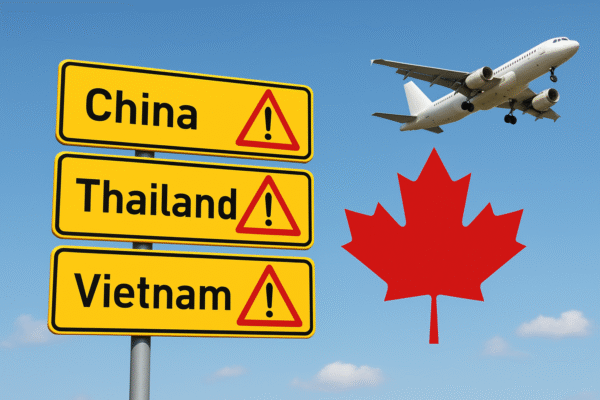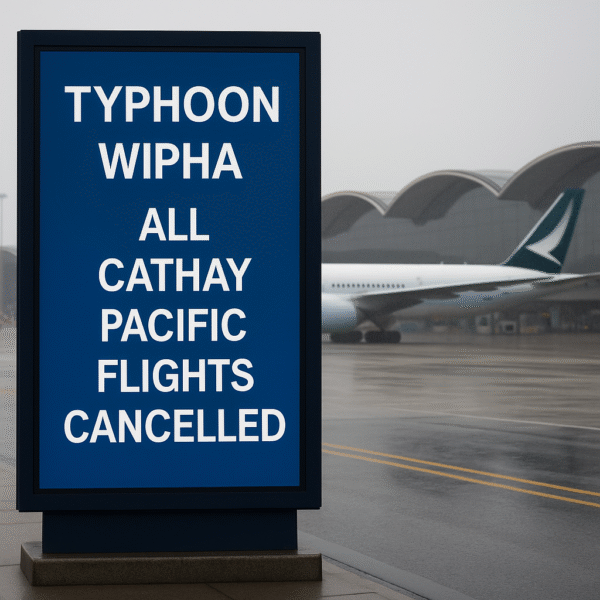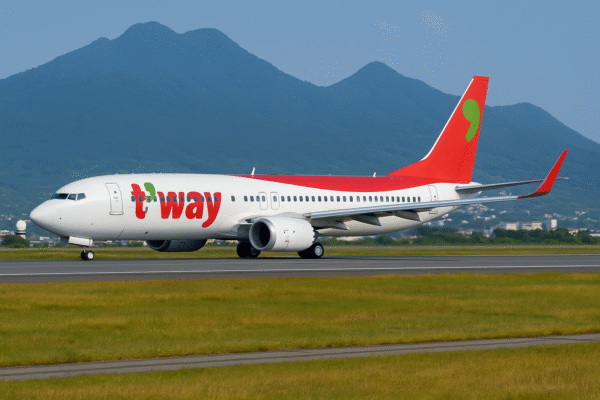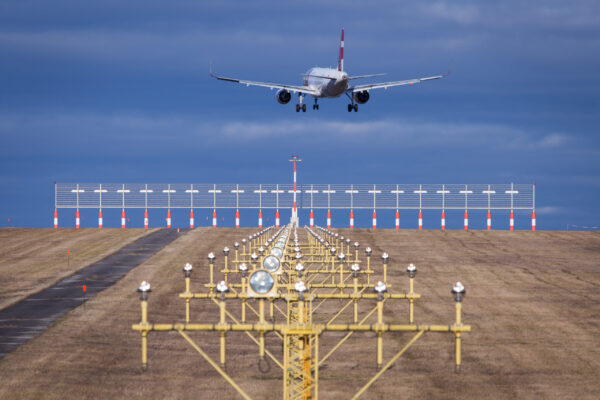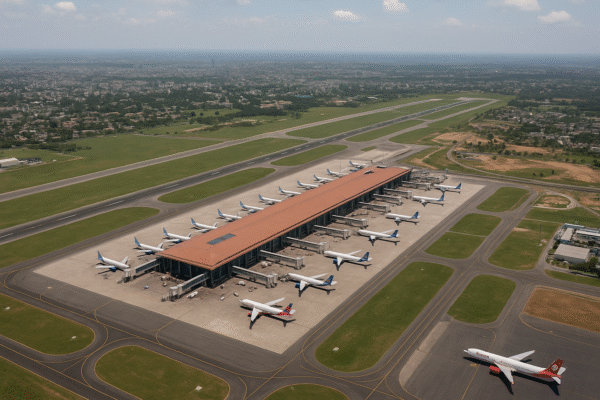India’s Soaring Aviation Market Set to Triple in Size as Country Eyes Global Aviation Leadership
India’s aviation sector is charting a course toward becoming a dominant force in the global air travel industry, according to a recent report by financial services firm Jefferies. With the United States and China currently leading in passenger volumes, India has secured the third spot worldwide and is poised for exponential growth over the next two decades.
Jefferies projects that India’s aviation market could triple by 2045, driven by a combination of low air travel penetration, surging middle-class income, robust fleet expansion by domestic airlines, and significant investments in airport infrastructure. While temporary hurdles persist—such as aircraft delivery delays and high fuel costs—the overall trajectory remains strong.
India’s Aviation Market: A Sleeping Giant Awakens
Although India accounts for nearly 20% of the world’s population, it contributes just 4% to global air traffic. This disparity underscores a vast untapped potential. According to Airbus and the International Air Transport Association (IATA), the number of air travelers in India is projected to grow from 200 million annually to nearly 600 million by the mid-2040s.
The Indian government’s commitment to enhancing regional connectivity through the UDAN scheme (Ude Desh ka Aam Naagrik) has already led to the operationalization of over 70 regional airports. With more Tier-2 and Tier-3 cities being connected to major hubs like Delhi, Mumbai, and Hyderabad, demand for both domestic and international travel is on the rise.
IndiGo: Expanding Horizons
India’s largest carrier by market share, IndiGo, is at the forefront of this boom. Already operating over 100 international routes, the airline plans to increase the international portion of its total capacity from 30% to 40% by 2030. The strategy aligns with trends in outbound tourism and rising foreign tourist arrivals in India.
IndiGo is also pursuing new direct international connections to cities in Southeast Asia, the Middle East, and Europe. Its partnership with Turkish Airlines has opened broader access to destinations across Europe via Istanbul, and the airline is also investing in long-haul capabilities to compete in the global arena.
Fleet expansion is a key pillar of IndiGo’s growth, with orders placed for over 1,000 new aircraft in the coming years, including next-generation fuel-efficient models.
GMR Airports: Infrastructure for the Future
Airport operator GMR Airports is another major player poised to benefit from India’s aviation renaissance. GMR operates Indira Gandhi International Airport in Delhi and Rajiv Gandhi International Airport in Hyderabad—two of the country’s busiest and most advanced aviation hubs.
The company is undertaking large-scale terminal upgrades, digitization of passenger services, and expansion of runway and cargo handling capacity. It is also spearheading greenfield projects such as the upcoming international airport at Mopa in Goa and the Bhogapuram airport in Andhra Pradesh.
Jefferies highlights GMR’s diversified revenue streams, stable regulatory environment, and strategic assets as core strengths that will allow it to play a leading role in India’s next phase of air travel modernization.
Infrastructure Gaps Compared to China
Despite strong momentum, India still lags significantly behind China in aviation infrastructure. China currently has over 250 operational airports serving more than 700 million passengers annually. India, by comparison, has around 150 airports handling about 200 million travelers.
Moreover, China’s extensive high-speed rail network offers a competitive alternative to air travel, which India lacks. This theoretically provides air travel an edge in India, but logistical shortcomings—such as limited terminal capacity, inadequate Maintenance, Repair, and Overhaul (MRO) infrastructure, and delays in aircraft deliveries—need to be urgently addressed.
Government Support and Policy Reform
The Indian government is actively working to overcome these limitations. Under the National Civil Aviation Policy, efforts are underway to bring aviation turbine fuel (ATF) under the Goods and Services Tax (GST) to lower operational costs. Investment in domestic MRO facilities is increasing to reduce reliance on foreign services, and regulatory bodies are improving flight safety protocols through better surveillance and compliance standards.
Schemes such as NABH (NextGen Airports for Bharat) and PPP-mode airport development are also encouraging public-private cooperation for efficient aviation infrastructure expansion.
A Long-Term Growth Trajectory
Jefferies concludes that India’s aviation market is set to witness one of the world’s most dynamic transformations over the next 20 years. Factors such as rising urbanization, increasing per capita income, expanding low-cost carrier networks, and a digitally evolving travel ecosystem make India fertile ground for aviation investment.
If the golden ages of aviation in the U.S. and China marked turning points in global connectivity, India now stands at the cusp of its own aviation revolution. With airlines like IndiGo ramping up international operations and infrastructure leaders like GMR scaling up airport capacity, India’s aviation sector is ready to soar.
For more travel news like this, keep reading Global Travel Wire





